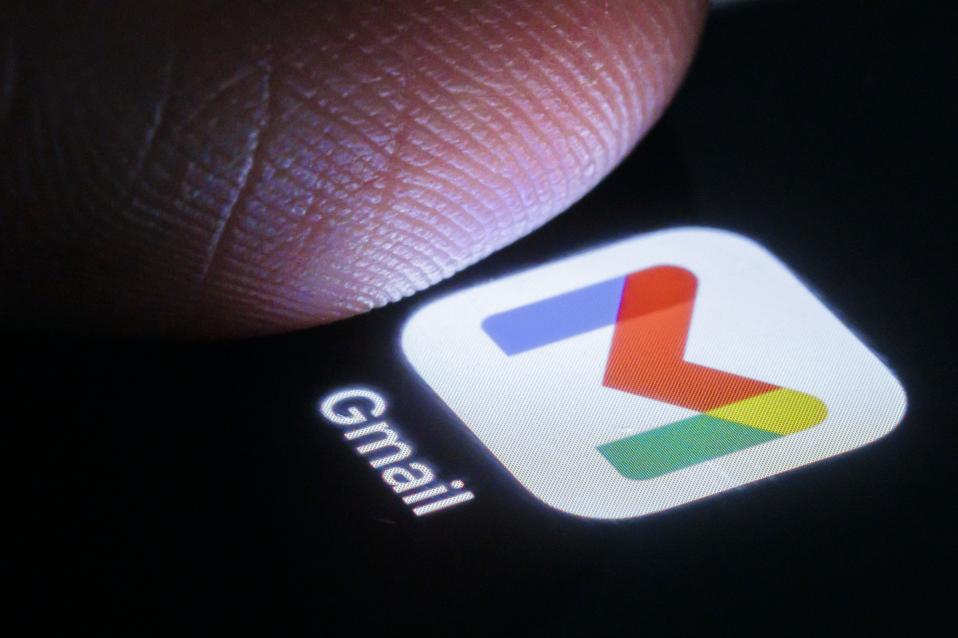Most users still access Gmail using familiar passwords. However, Evan Kotsovinos, Vice President of Privacy, Safety & Security at Google, says it’s time for a change. According to Google, traditional passwords are not only outdated but also pose serious security risks—especially as phishing scams grow more sophisticated through the use of AI.
The Problem with Passwords
Many people tend to use the same password for years—unless they’ve experienced a data breach or security incident. This habit creates a significant vulnerability. In many cases, people remain safe simply because they haven’t yet been targeted.
More than 60% of U.S. consumers believe scams have increased in the past year, and one-third have experienced a personal data breach, according to Evan Kotsovinos. He and other Google experts are encouraging users to move away from passwords and adopt a more secure method: passkeys.

Growing Cyber Threats
This shift is becoming a necessity, not just an option. Google has observed a rise in organized cyberattacks targeting Gmail accounts, with hackers using AI tools to exploit weaknesses in traditional password systems. The company has issued alerts, asking users to respond within seven days to avoid unauthorized account access.
How Passkeys Work
Passkeys are a safer and more convenient alternative to passwords. They allow users to log in using biometric authentication—such as face recognition, fingerprint, or a device PIN. The system also streamlines account management across devices and platforms.
According to Steve Won, Chief Product Officer at 1Password, each passkey consists of two parts: a public key stored on the server, and a private key stored on the user’s personal device. The public key acts like a visible lock, while the private key—never shared or transmitted—acts as the key that unlocks access.
Passkeys are randomly generated and cannot be guessed, reused, or intercepted during login. This makes them highly resistant to attacks.

A Better User Experience
Passkeys offer stronger protection and improve the user experience. There’s no need to remember complicated passwords, worry about weak combinations, or reset credentials regularly. With nothing for hackers to steal, the risk of breach is significantly reduced.
How to Set Up a Gmail Passkey
To activate passkeys for your Gmail account:
-
Open your Google Account settings.
-
Go to the “Security” section.
-
Click on “Passkeys” and follow the instructions to register a face scan, fingerprint, or device PIN.
Final Thoughts
In an age where AI is both a tool and a threat, passkeys offer a necessary layer of security to protect personal information. Google believes the password era is coming to an end. For users, the transition to passkeys may be the most effective way to stay protected in today’s digital landscape.
According to Forbes

